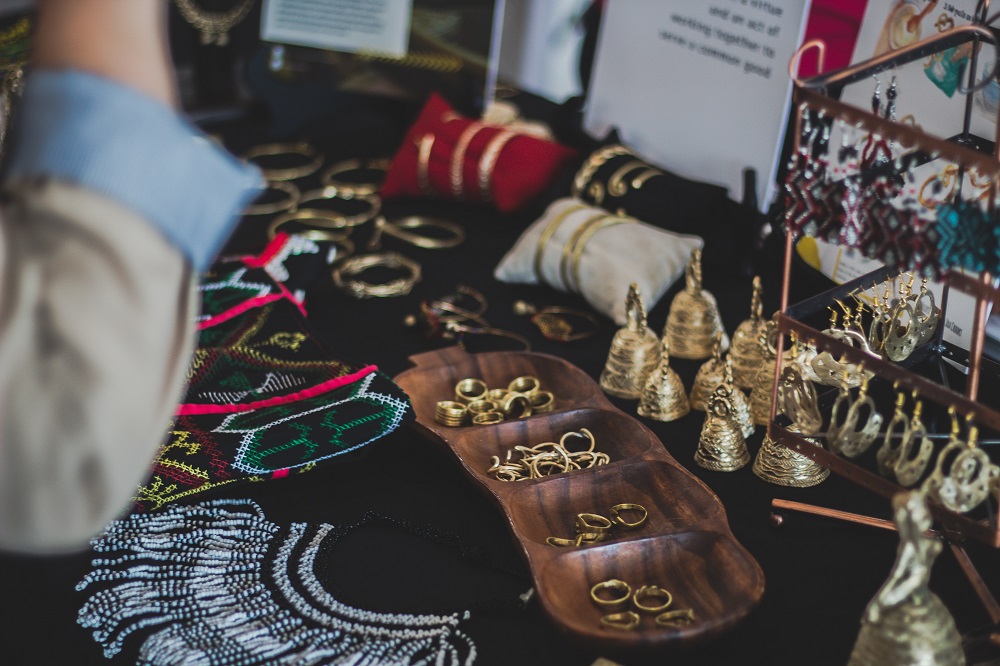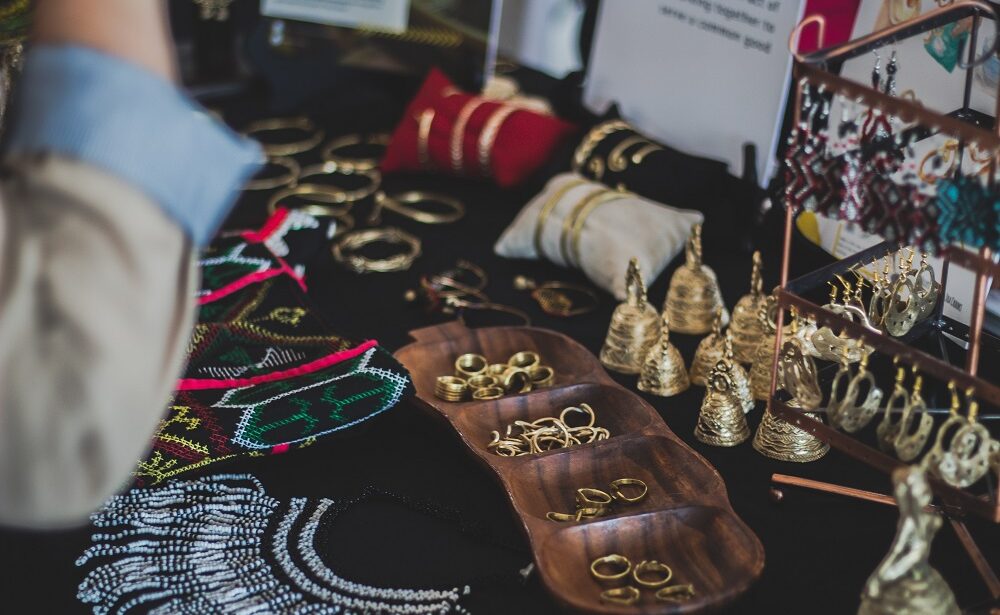
Jewelry has been an important aspect of human culture for thousands of years. It has been used for various purposes throughout history, from adornment to status symbol to investment. The main purpose of jewelry, however, has always been to enhance one’s appearance and express personal style.
Adornment is perhaps the most obvious purpose of jewelry. People wear jewelry to complement their outfits and enhance their physical features. For example, a delicate necklace can draw attention to a woman’s collarbone, while a statement ring can add a pop of color to an otherwise plain outfit. Jewelry can also be used to convey a certain image or message. For example, a person wearing a simple pearl necklace may be perceived as elegant and refined, while someone wearing bold, chunky jewelry may be seen as edgy and rebellious.
Jewelry has also been used as a status symbol throughout history. In ancient Egypt, for example, only pharaohs and other high-ranking officials were allowed to wear certain types of jewelry, such as the royal uraeus. In other cultures, certain types of jewelry were reserved for specific social classes. For example, during the Middle Ages, only the nobility were allowed to wear gold and precious gemstones. Even today, certain types of jewelry are associated with wealth and social status.
Cultural and religious significance is another important aspect of jewelry. Many cultures and religions have specific types of jewelry that are associated with their beliefs and traditions. For example, the Christian cross and the Jewish Star of David are both symbols of faith that are often worn as jewelry. In some cultures, specific types of jewelry are worn to mark important life events, such as weddings and births. Jewelry can also be used to express affiliation with a particular group or community.
Sentimental value is another important aspect of jewelry. Many people inherit jewelry from their parents or grandparents and wear it as a reminder of their loved ones. Others receive jewelry as gifts for special occasions, such as birthdays or graduations, and cherish it as a sentimental keepsake. Some people even commission custom-made jewelry to commemorate important life events, such as the birth of a child or the purchase of a new home.
In addition to its sentimental value, jewelry can also be an investment. Precious metals and gemstones, such as gold and diamonds, are often used as a store of value and can be traded as commodities. Some people buy jewelry as an investment, hoping to profit from its increasing value over time. However, it is important to note that the value of jewelry can be affected by various factors, such as market fluctuations and changes in fashion trends.
Finally, jewelry can also have talismanic properties. Some types of jewelry are believed to have protective or healing powers. For example, the evil eye charm is a popular talisman in many cultures, thought to protect the wearer from harm. Other types of jewelry, such as crystals and gemstones, are believed to have healing properties and are used in alternative medicine practices.
In conclusion, the main purpose of jewelry is to enhance one’s appearance and express personal style. However, jewelry also serves various other purposes, such as cultural and religious expression, status symbol, sentimental value, investment, and even talismanic properties. From simple earrings to elaborate necklaces, jewelry has the power to make a statement and bring joy, beauty, and meaning into our lives.
